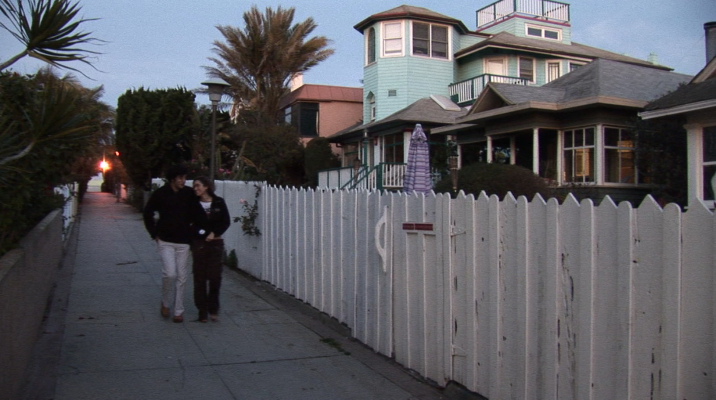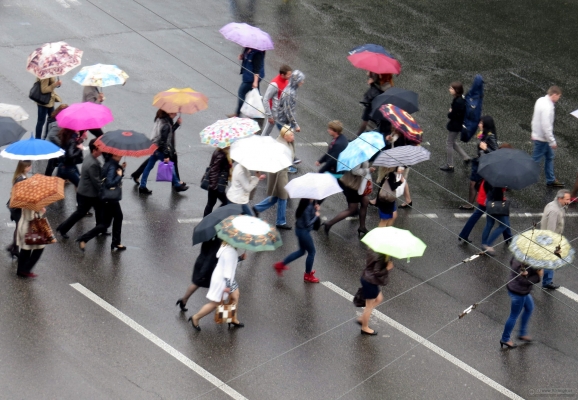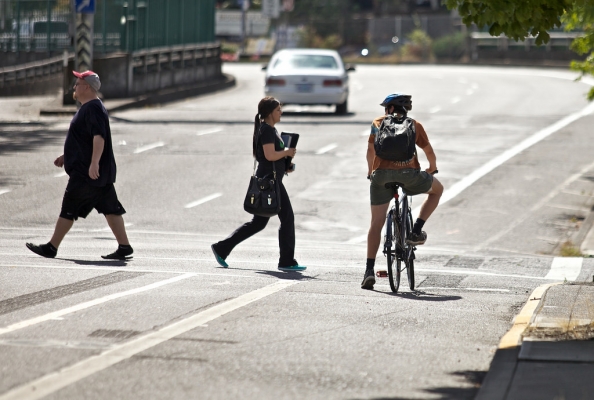The video begins at 5:27.
View slides
Abstract: Today, most streets are designed and managed to meet mobility standards that focus on the movement of motor vehicles, failing to adequately accommodate and prioritize transit, walking, and biking. A new culture of innovation is needed in transportation as traditional solutions alone will not suffice. By 2035, the Portland Plan envisions transportation facilities that are designed and managed to prioritize travel investments that improve walking, biking, and universal accessibility as the first priority.
In support of this vision, Peter Koonce, Manager of the City's Signals, Street Lighting, & ITS Division will discuss how he's looking to make the City's traffic signals consistent with these goals resulting in more effective integration of land use, transit, cycling, and walking. The discussion will be centered around research that is needed to improve our understanding of best practices from the U.S. and Europe for application in Portland.



